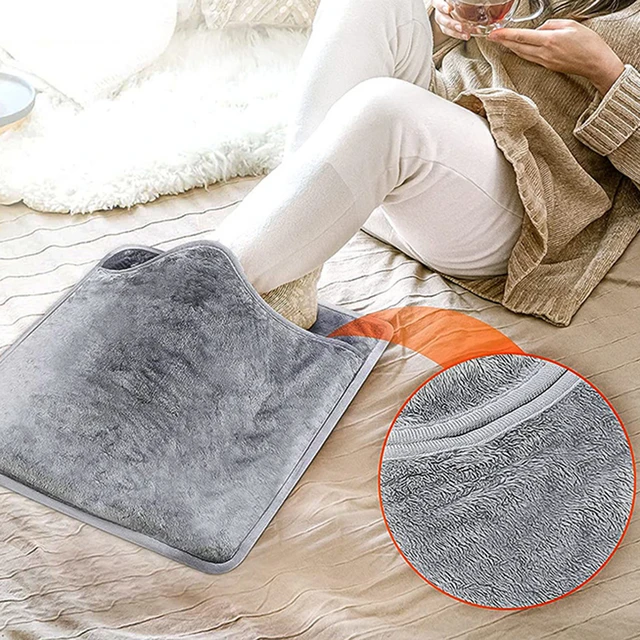Introduction
Rice heating pads are versatile and effective tools for providing soothing heat therapy to the body. Whether used for relaxation, pain relief, or to promote better sleep, proper storage and maintenance of these heating pads are essential to ensure their longevity and effectiveness. In this guide, we will explore the best practices for storing and maintaining rice heating pads, including cleaning tips, storage considerations, and safety precautions. By following these guidelines, you can keep your rice heating pad in excellent condition and maximize its benefits.
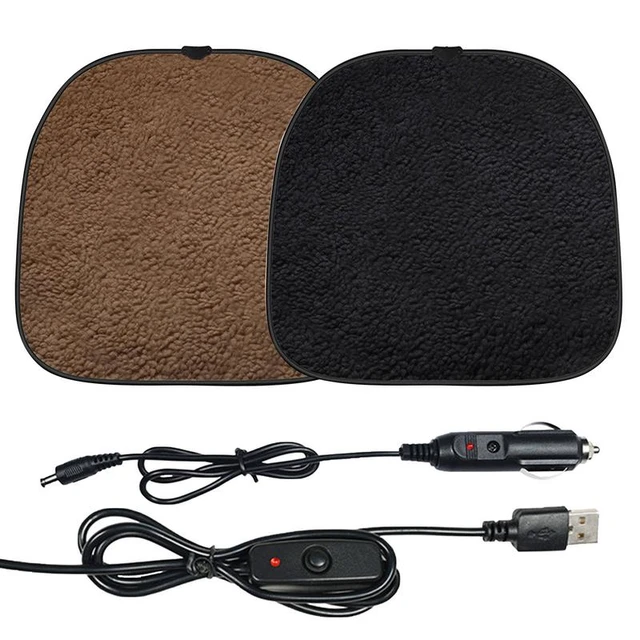
How do I properly store and maintain a rice heating pad?
Cleaning and Caring for Your Rice Heating Pad
1.1. Spot Cleaning
Spot cleaning is the primary method of cleaning rice heating pads. To spot clean, use a damp cloth or sponge with mild soap or detergent to gently wipe the surface of the rice heating pad. Pay close attention to any visible stains or soiling. Avoid saturating the pad with excessive moisture, as this can damage the rice filling.
1.2. Drying
After spot cleaning, ensure that the rice heating pad is completely dry before using or storing it. Air drying is the recommended method. Lay the heating pad flat on a clean, dry surface or hang it up to allow air circulation. Avoid using direct heat sources, such as a dryer or heater, as this can damage the fabric.
1.3. Removing Odors
Over time, rice heating pads may develop unwanted odors. To remove odors, sprinkle baking soda over the surface of the pad and let it sit for a few hours. Afterwards, gently shake off the baking soda and use a clean cloth to wipe away any residue. This simple deodorizing method can help keep your rice heating pad fresh and odor-free.
Storage Considerations for Rice Heating Pads
2.1. Cool and Dry Environment
To maintain the quality and effectiveness of your rice heating pad, store it in a cool and dry environment. Avoid storing it in areas exposed to direct sunlight, humidity, or extreme temperatures. Moisture and heat can affect the rice filling and the fabric, potentially compromising the pad’s performance.
2.2. Airtight Container or Ziplock Bag
To protect your rice heating pad from dust, insects, or other contaminants, consider storing it in an airtight container or a sealable ziplock bag. This additional layer of protection can help extend the lifespan of your heating pad and keep it in a pristine condition.

2.3. Avoid Folding or Bending
When storing a rice heating pad, avoid folding or bending it excessively. This can cause the rice grains to shift or clump, resulting in uneven heat distribution. Instead, store the pad in a flat position or rolled loosely to maintain its shape and integrity.
2.4. Labeling and Rotation
If you have multiple rice heating pads, consider labeling them with the date of purchase or first use. This can help you keep track of their age and rotation. Rotating your heating pads ensures that they are used evenly, preventing one pad from being consistently worn out while others remain unused.
Safety Precautions
3.1. Avoid Overheating
When heating your rice heating pad, it is crucial to avoid overheating it. Overheating can damage the fabric or cause burns if the pad becomes too hot. Follow the manufacturer’s instructions for heating times and temperature recommendations. Test the pad’s temperature with your hand before applying it to your body, ensuring it is warm and comfortable but not scalding.
3.2. Regular Inspection
Regularly inspect your rice heating pad for any signs of wear and tear. Check the seams, fabric, and rice filling for any damage or leakage. If you notice any issues, such as a tear or loose stitching, discontinue use and either repair or replace the pad to maintain safety and effectiveness.
3.3. Avoid Moisture Exposure
Keep your rice heating pad away from moisture sources, such as water or damp surfaces. Moisture can cause the rice grains to swell or mold, rendering the pad unusable. Additionally, avoid using the rice heating pad on wet or damp skin to prevent moisture absorption into the fabric.
3.4. Heating Time Limit
To prevent overheating and potential burns, adhere to the recommended heating time limits specified by the manufacturer. Do not exceed the recommended duration, even if the pad feels comfortable on your skin. Overheating can compromise the integrity of the rice filling and pose safety risks.
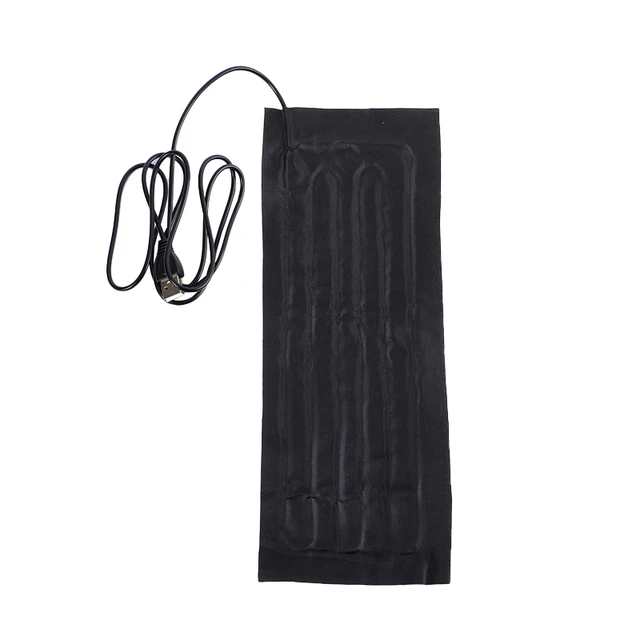
Refreshing and Revitalizing Your Rice Heating Pad
4.1. Fluffing the Rice Filling
Over time, the rice filling in your heating pad may become compacted or settle. To revitalize the rice filling and ensure even heat distribution, gently fluff the pad by massaging or kneading it with your hands. This simple action helps to redistribute the rice grains, ensuring consistent warmth throughout the pad.
4.2. Adding Essential Oils or Herbs
To enhance the soothing experience of your rice heating pad, you can add a few drops of essential oils or dried herbs to the rice filling. Lavender, chamomile, or eucalyptus are popular options known for their relaxation and calming properties. However, ensure that the oils or herbs are safe for use and do not cause skin irritation or allergic reactions.
Replacement and Safety Guidelines
5.1. Lifespan and Replacement
Rice heating pads have a limited lifespan due to the natural wear and tear of the fabric and rice filling. If you notice significant deterioration, such as a loss of heat retention or damage to the fabric or seams, it may be time to replace your rice heating pad. Follow the manufacturer’s recommendations regarding the lifespan and replacement of your specific product.
5.2. User-Specific Considerations
Individual considerations, such as allergies or sensitivities, should be taken into account when using a rice heating pad. If you have specific medical conditions or concerns, consult with a healthcare professional before using a rice heating pad to ensure its safety and suitability for your needs.
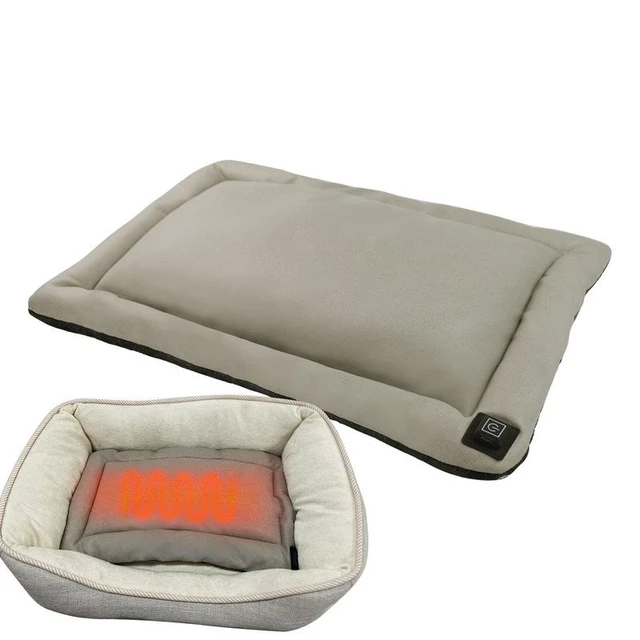
Traveling with Your Rice Heating Pad
7.1. Portable Size Options
If you plan to travel with your rice heating pad, consider purchasing a portable-sized option. These smaller pads are designed to be easily transported and can provide warmth and comfort on the go. Look for pads that come with a travel pouch or case for added convenience and protection.
7.2. Follow Transportation Guidelines
When traveling by air, be sure to check the transportation guidelines for carrying heating pads. Some airlines may have specific rules or restrictions regarding the transport of heat-producing items. It is advisable to carry a copy of the manufacturer’s instructions or a note from your healthcare provider to explain the purpose and safety of your rice heating pad.
7.3. Portable Heating Options
If you are unable to bring your rice heating pad during travel, consider alternative portable heating options. Disposable heat packs or portable electric heating pads can provide temporary warmth and soothing relief. These options can be easily found at pharmacies or convenience stores, ensuring that you have a way to manage stress and discomfort while away from home.
Sharing the Benefits of Rice Heating Pads
8.1. Educate Others
Sharing the benefits of rice heating pads with family and friends can bring comfort and relief to those around you. Educate others about the proper usage, storage, and maintenance of rice heating pads to ensure their safety and effectiveness. Encourage them to follow the recommended guidelines for cleaning, storage, and safety precautions.
8.2. Gift Idea
Rice heating pads can make thoughtful and useful gifts for loved ones. Consider giving them as presents during baby showers, holidays, or birthdays. Include a note with instructions on proper usage and maintenance to ensure that the recipients can enjoy the benefits of the heating pad with confidence.
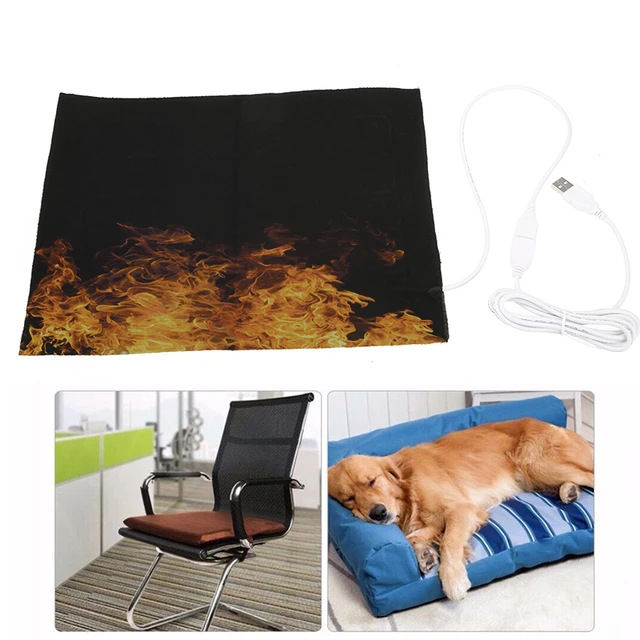
Conclusion
Proper storage and maintenance of rice heating pads are crucial to prolong their lifespan and ensure their effectiveness. Regular spot cleaning, proper drying, and odor removal techniques are essential for maintaining cleanliness. Storing rice heating pads in a cool, dry, and protected environment helps preserve their quality. Following safety precautions and periodic inspections ensures safe usage and identifies the need for replacement when necessary.
With these guidelines in mind, you can maintain your rice heating pad in great condition, allowing it to continue providing soothing warmth and comfort whenever you need it. Remember to always prioritize safety, adhere to manufacturer instructions, and consult healthcare professionals when needed to ensure the best possible experience with your rice heating pad.

